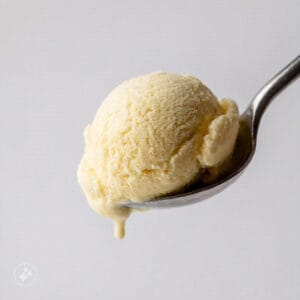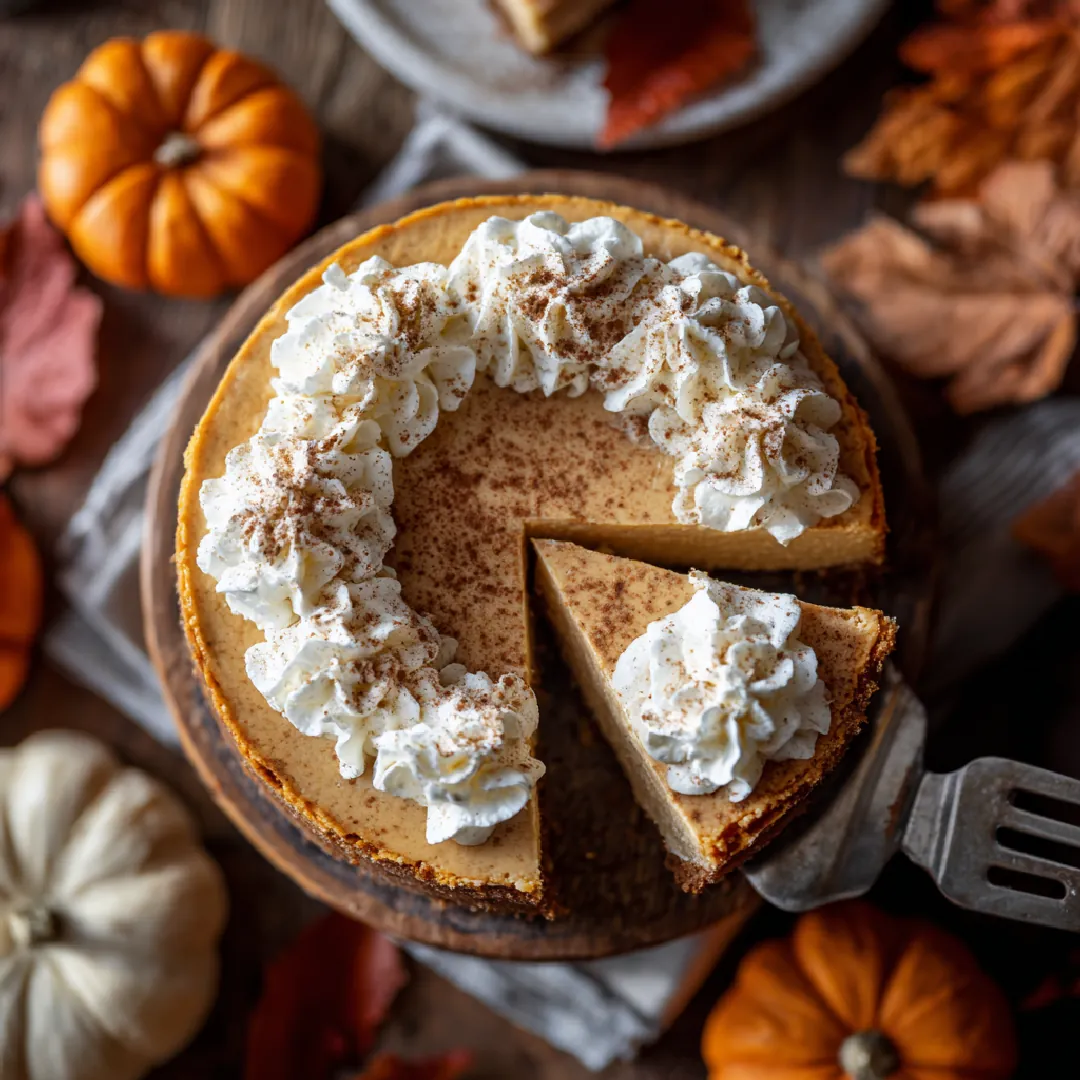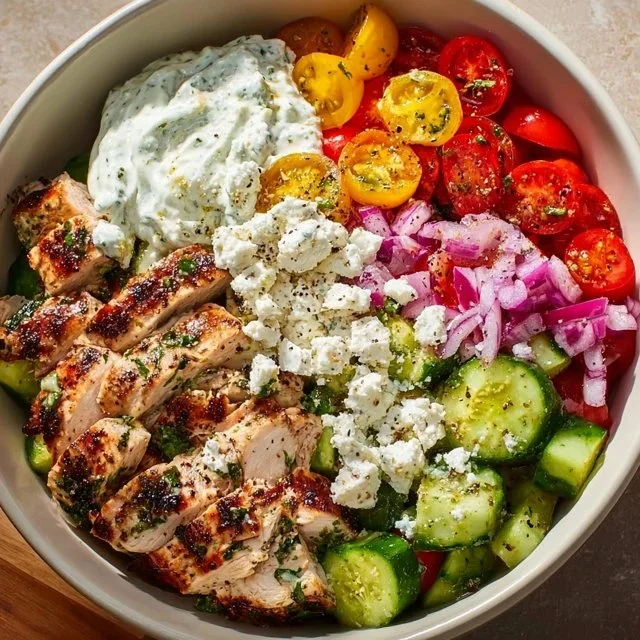Table of Contents
Introduction
Making vanilla ice cream at home is a rewarding experience that combines creativity, comfort, and culinary delight. Moreover, vanilla is celebrated for its versatility and universally appealing taste. By using an ice cream maker, you can control every aspect of your dessert, from the quality of ingredients to the sweetness and texture. For instance, you can choose organic ingredients to create a healthier treat. This article provides step-by-step guidance for creating the perfect homemade vanilla ice cream, from classic recipes to creative variations. In fact, even beginners can master the art of ice cream making with these tips.
Additionally, homemade ice cream allows you to avoid unnecessary additives or artificial flavors found in store-bought options, offering a pure and rich taste. Best of all, the process is easier than you might think, and with a reliable ice cream maker, you’ll soon be crafting creamy, flavorful treats in the comfort of your kitchen.
Equipment and Ingredients Needed
Ice Cream Maker Options
To create perfect homemade vanilla ice cream, the right equipment is essential. Ice cream makers come in various types, each suited to different needs and preferences:
- Hand-Crank Ice Cream Makers: These are traditional, manual devices that require physical effort. While they evoke nostalgia and involve a fun, interactive process, they demand more work than modern alternatives. They’re great for family activities and producing small batches with a rustic feel.
- Electric Ice Cream Makers: These are easy-to-use machines powered by electricity. They automate the churning process, making them ideal for beginners. Many models require you to pre-freeze the bowl, so planning is necessary.
- Compressor Ice Cream Makers: The most advanced type, these machines have built-in freezers, eliminating the need for pre-freezing. They’re perfect for making multiple batches in one session and delivering professional-quality results.
Each type has its pros and cons, but all will help you achieve delicious results. Choose a machine that fits your budget, kitchen space, and desired level of convenience.
Essential Ingredients
The foundation of great vanilla ice cream lies in high-quality ingredients. Here’s what you’ll need for most recipes:
- Milk and Cream: These are the base of your ice cream. Use whole milk and heavy cream for a rich, creamy texture. Skimping on fat content can result in icy or grainy textures.
- Sugar: Provides sweetness and contributes to the smoothness of the ice cream. Granulated sugar is the most common choice, though alternatives like honey or agave syrup can be used.
- Vanilla: The star of the recipe. Vanilla comes in various forms, which we’ll discuss below.
- Egg Yolks (optional): Used in custard-based recipes like French vanilla for added richness and silkiness.
- Salt: A pinch enhances the flavor profile and balances the sweetness.
- Optional Additives: Stabilizers like cornstarch or xanthan gum can help improve texture, though they’re not always necessary.
Choosing the Right Vanilla
Vanilla is the essence of this recipe, and its quality directly impacts the final product. Consider these options:
- Vanilla Extract: A convenient and affordable choice. Opt for pure vanilla extract rather than imitation varieties for a more authentic flavor.
- Vanilla Beans: The most luxurious option, offering intense, complex flavor. Split the bean and scrape out the seeds for maximum impact. The leftover pod can infuse milk for added richness.
- Vanilla Paste: A middle ground between extract and beans, this paste contains concentrated vanilla and specks of vanilla bean for a gourmet appearance.
Each type of vanilla has its merits, and experimenting with different options can lead to unique results.
Classic Homemade Vanilla Ice Cream Recipe
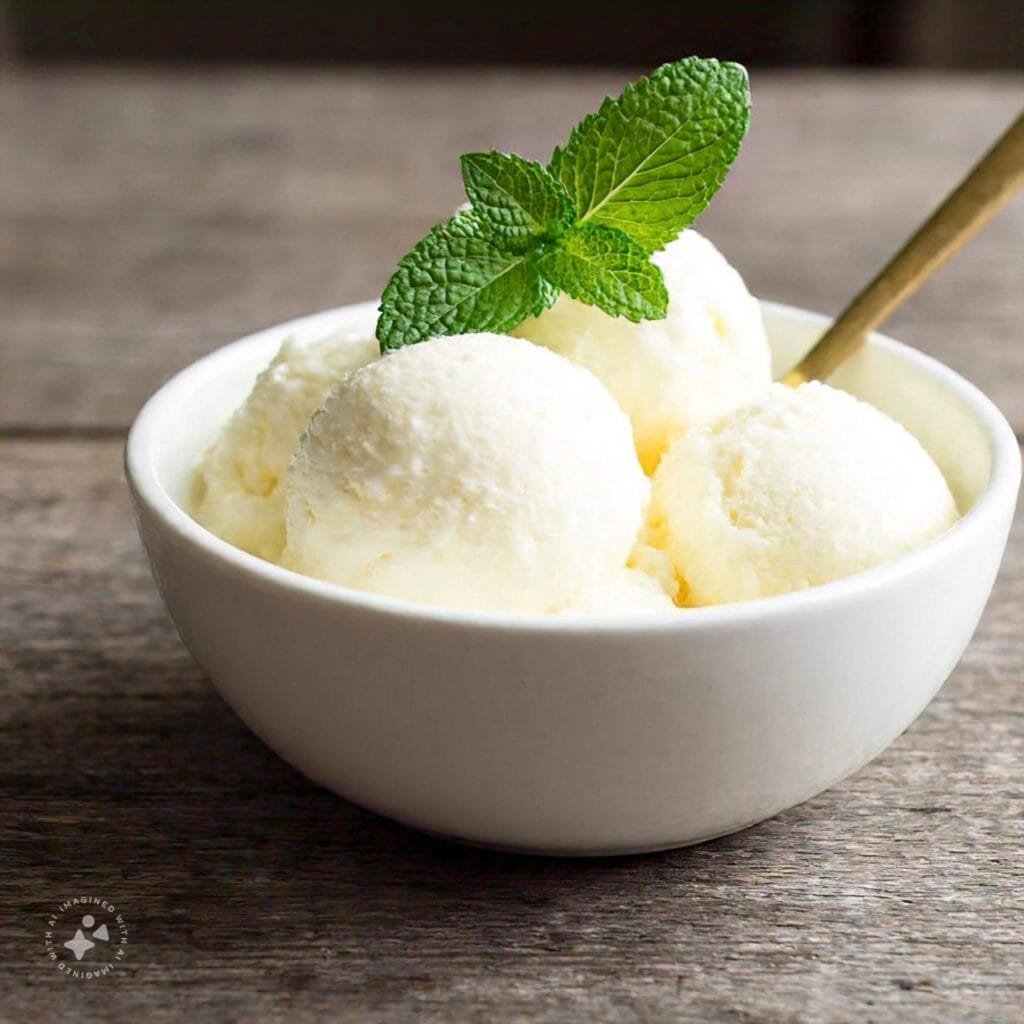
Ingredients and Measurements
For a traditional, creamy vanilla ice cream, you’ll need the following ingredients:
- 2 cups heavy cream
- 1 cup whole milk
- ¾ cup granulated sugar
- 1 vanilla bean (or 2 teaspoons pure vanilla extract or vanilla paste)
- Pinch of salt
- Optional: 3 egg yolks (for custard-style ice cream)
These proportions create a perfectly balanced ice cream base that’s not overly sweet, allowing the vanilla to shine through.
Step-by-Step Instructions
- Prepare the Vanilla: If using a vanilla bean, split it lengthwise with a knife and scrape out the seeds. Combine the seeds and pod with the milk and cream in a medium saucepan. Otherwise, if using vanilla extract or paste, you’ll add it later.
- Heat the Base: Slowly heat the milk and cream mixture over medium heat, stirring occasionally. However, be careful not to let it boil, as that can alter the flavor.
- Add Sugar and Salt: Stir in the sugar and a pinch of salt until fully dissolved. If you’re making custard-style ice cream, you’ll need to take the next step for the egg yolks..
- Custard Base (Optional): In a separate bowl, whisk the egg yolks. Next, gradually add a ladle of the warm milk mixture to the yolks, whisking constantly to temper them. Then, slowly pour the tempered yolks back into the saucepan, stirring continuously. Finally, cook on low heat until the mixture thickens. Remember not to overheat, as this may scramble the eggs
- Chill the Mixture: Remove the vanilla pod if used. If you’re using vanilla extract or paste, add it now. Allow the mixture to cool to room temperature, then refrigerate for at least 4 hours or overnight. A chilled base churns better in the ice cream maker.
- Churn the Ice Cream: Pour the chilled mixture into your ice cream maker and churn according to the manufacturer’s instructions. This usually takes 20-30 minutes, depending on your machine. The mixture should thicken and resemble soft-serve ice cream.
- Freeze for Firmer Texture: For a scoopable consistency, transfer the churned ice cream to an airtight container and freeze for 2-4 hours.
Tips for Perfect Texture
- Chill Everything: Make sure your ice cream base, mixing bowl, and even the machine’s components are well-chilled before starting.
- Don’t Overfill the Machine: Churning works best with some room for air to incorporate, so avoid filling the bowl to the brim.
- Watch the Churn Time: Over-churning can result in dense, grainy ice cream. Stop when it reaches a soft-serve consistency.
- Use Fresh Ingredients: Quality ingredients are key. Use fresh cream and milk for the best results.
This classic recipe serves as a perfect foundation for countless variations, from adding mix-ins to adjusting the sweetness or richness.
Creative Variations of Vanilla Ice Cream
French Vanilla Ice Cream
French vanilla ice cream is known for its luxurious, custard-like texture, achieved by incorporating egg yolks into the recipe. Here’s how to prepare it:
- Ingredients:
- 2 cups heavy cream
- 1 cup whole milk
- ¾ cup sugar
- 1 vanilla bean or 2 teaspoons pure vanilla extract
- 4 large egg yolks
- Instructions:
- Heat the milk, cream, sugar, and vanilla bean (if using) in a saucepan until warm but not boiling.
- Whisk the egg yolks in a separate bowl. Gradually add a ladleful of the warm milk mixture to temper the yolks, whisking continuously.
- Slowly incorporate the tempered yolks back into the saucepan. Cook over low heat, stirring constantly, until the mixture thickens and coats the back of a spoon.
- Remove from heat, add vanilla extract (if using), and chill the mixture thoroughly before churning.
- Churn and freeze as directed in the classic recipe.
The result is a creamy, decadent treat with a richness that enhances the vanilla flavor.
Vegan Vanilla Ice Cream
For those seeking a dairy-free alternative, vegan vanilla ice cream is a fantastic option. Coconut milk and almond milk are popular bases.
- Ingredients:
- 1 can full-fat coconut milk
- 1 cup almond milk or another plant-based milk
- ¾ cup sugar or a sweetener like maple syrup
- 1 tablespoon cornstarch (optional, for thickening)
- 1 teaspoon vanilla extract or vanilla paste
- Instructions:
- Heat the coconut milk and almond milk in a saucepan, stirring in sugar until dissolved.
- For extra creaminess, mix the cornstarch with a bit of cold almond milk to make a slurry and add it to the saucepan. Heat until slightly thickened.
- Stir in vanilla extract or paste and allow the mixture to cool completely.
- Churn in your ice cream maker as per the instructions.
This version delivers a rich, creamy texture with subtle coconut undertones.
No-Sugar Vanilla Ice Cream
For a healthier alternative or for those watching their sugar intake, try a no-sugar version using sweeteners like stevia, erythritol, or monk fruit.
- Ingredients:
- 2 cups heavy cream
- 1 cup whole milk
- ½ cup erythritol or your preferred sweetener
- 1 vanilla bean or 2 teaspoons pure vanilla extract
- Instructions:
- Follow the same steps as the classic recipe, substituting sugar with erythritol.
- If using granular sweeteners, ensure they are fully dissolved during the heating process to avoid a gritty texture.
- Churn and freeze as directed.
This recipe provides all the indulgence of traditional vanilla ice cream without the added sugar, perfect for those on keto or low-carb diets.
Enhancing Your Vanilla Ice Cream
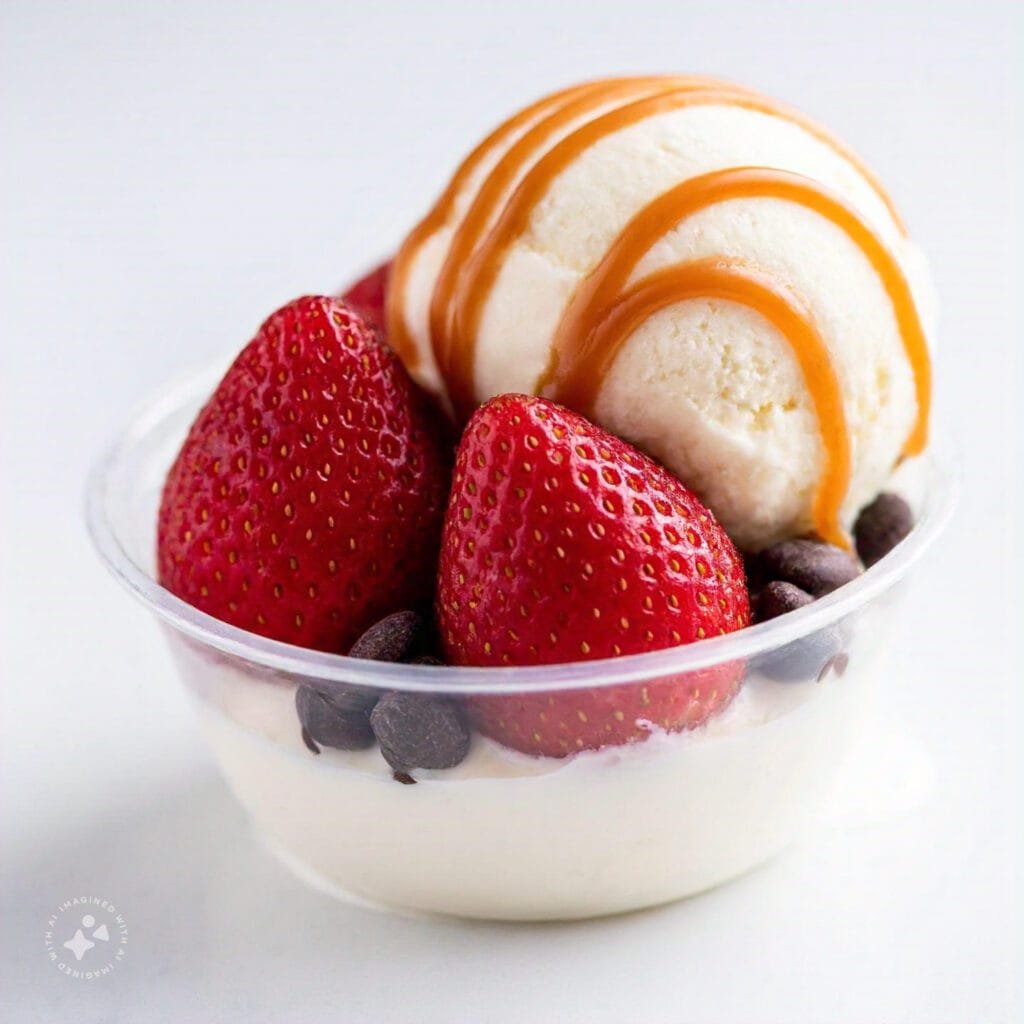
Mix-Ins and Toppings
Vanilla ice cream serves as the perfect canvas for a wide range of mix-ins and toppings. Adding these can elevate your homemade treat into a custom dessert creation. Here are some ideas:
- Mix-Ins: Add these during the last few minutes of churning to distribute them evenly:
- Chocolate Chips or Chunks: For a classic chocolate-vanilla combination.
- Crushed Cookies: Oreos, graham crackers, or biscotti add a satisfying crunch.
- Nuts: Chopped almonds, walnuts, or pecans provide texture and flavor.
- Fruit Purees or Pieces: Swirl in raspberry or strawberry puree or fold in diced peaches.
- Toppings: Serve your ice cream with a drizzle or sprinkle of these for added flair:
- Sauces: Hot fudge, caramel, or fruit syrups.
- Sprinkles: Classic rainbow sprinkles or chocolate jimmies for a festive touch.
- Whipped Cream: A dollop of freshly whipped cream enhances the indulgence.
- Fresh Fruit: Sliced berries, bananas, or kiwi add a refreshing contrast.
With mix-ins and toppings, the possibilities are endless. Experiment to create your favorite combinations.
Pairing with Desserts
Homemade vanilla ice cream pairs wonderfully with a variety of desserts. Here are a few classic pairings:
- Pies: Serve warm apple pie, pecan pie, or cherry pie with a scoop of vanilla ice cream for a perfect balance of hot and cold.
- Cakes: Pair vanilla ice cream with chocolate cake, pound cake, or a fruit-laden upside-down cake.
- Cookies: Sandwich a scoop of ice cream between two cookies for a quick ice cream sandwich.
- Brownies: Fudgy brownies and vanilla ice cream create a decadent dessert duo.
- Waffles or Crepes: Top fresh waffles or crepes with vanilla ice cream for a brunch-worthy treat.
These combinations highlight the versatility of vanilla ice cream, making it a favorite companion for countless desserts.
Presentation Tips
The way you serve and present your ice cream can enhance the experience. Here are some tips for making your homemade dessert stand out:
- Scooping Tips: Use a warm ice cream scoop to glide through frozen ice cream easily. Dip the scoop in hot water between servings.
- Elegant Servings: Serve your ice cream in glass bowls, martini glasses, or waffle cones for an elegant touch.
- Garnishing: Sprinkle chopped nuts, grated chocolate, or fresh mint leaves on top for a professional look.
- Layered Desserts: Create parfaits by layering vanilla ice cream with fruit, granola, or syrups in a tall glass.
Attention to detail in presentation makes your dessert visually appealing and more enjoyable.
Common Issues and How to Solve Them
Troubleshooting Consistency Problems
One of the most common challenges in homemade ice cream is achieving the perfect texture. Here’s how to address some frequent issues:
- Grainy Texture: This happens when the sugar doesn’t dissolve completely or the mixture is improperly churned.
- Solution: Heat the base thoroughly to dissolve the sugar before chilling, and ensure proper churning time.
- Icy Ice Cream: Ice crystals form if the base isn’t properly chilled or if the mixture lacks enough fat or sugar.
- Solution: Chill the base thoroughly and avoid skimping on fat and sugar, which act as natural stabilizers.
- Too Soft: If the ice cream doesn’t firm up properly, it may be due to over-churning or insufficient freezing time.
- Solution: Check the ice cream maker’s instructions and transfer the churned mixture to the freezer for 2-4 hours.
Flavor Adjustments
Getting the right balance of vanilla flavor can be tricky. Here’s how to handle common flavor issues:
- Too Much Vanilla: An overly strong vanilla flavor can overwhelm the palate.
- Solution: Use a smaller quantity next time, and if the current batch is too strong, serve it with complementary desserts like chocolate brownies to balance the intensity.
- Not Enough Vanilla: If the flavor feels muted, it could be due to low-quality vanilla or insufficient quantity.
- Solution: Use pure vanilla extract or real vanilla beans, and slightly increase the amount.
Storage Tips
Proper storage is key to maintaining the freshness and flavor of homemade ice cream. Follow these guidelines:
- Airtight Containers: Store ice cream in a container with a tight seal to prevent freezer burn and odor absorption.
- Cover with Parchment or Plastic Wrap: Place a layer of parchment or plastic wrap directly on the surface of the ice cream to minimize ice crystal formation.
- Freezer Temperature: Ensure your freezer is set to the ideal temperature of 0°F (-18°C) to maintain optimal consistency.
- Shelf Life: Homemade ice cream is best consumed within 1-2 weeks for peak flavor and texture.
By addressing these common issues, you’ll enjoy consistently delicious results every time.
FAQs
How long does homemade ice cream last? Homemade ice cream can last up to 2 weeks in the freezer if stored properly in an airtight container. Over time, it may develop ice crystals or lose some of its creaminess, so it’s best enjoyed fresh.
Can I make ice cream without a machine? Yes, you can make ice cream without a machine using methods like the no-churn technique or the ice-and-salt bag method. For no-churn, whip heavy cream to soft peaks, fold in sweetened condensed milk and flavorings, and freeze.
Is it safe to use raw eggs? If you’re making custard-based ice cream with eggs, use pasteurized eggs to ensure safety. Alternatively, temper the eggs by cooking the base until it reaches 160°F (71°C) to eliminate any risk of bacteria.
How do I achieve a soft-serve texture? To achieve a soft-serve texture, churn the ice cream for a shorter time and serve it immediately after churning without additional freezing.
Can I double the recipe? Yes, you can double the recipe, but ensure your ice cream maker has enough capacity to churn the larger quantity. Overfilling the machine can result in inconsistent churning and texture.
Conclusion
Homemade vanilla ice cream is more than just a dessert; it’s a culinary adventure that allows you to tailor every aspect of the process to your liking. By using an ice cream maker, you can achieve a texture and flavor that rivals professional-grade treats. Whether you stick to the classic recipe or explore creative variations like French vanilla, vegan alternatives, or sugar-free options, the results are always rewarding.
This guide has covered everything you need to know, from choosing the right equipment and ingredients to enhancing your ice cream with mix-ins and toppings. Armed with this knowledge, you’re ready to transform simple ingredients into a creamy, indulgent masterpiece. So, dust off that ice cream maker, gather your ingredients, and let the churning begin. There’s no better way to enjoy the timeless appeal of vanilla ice cream than by making it fresh at home.

